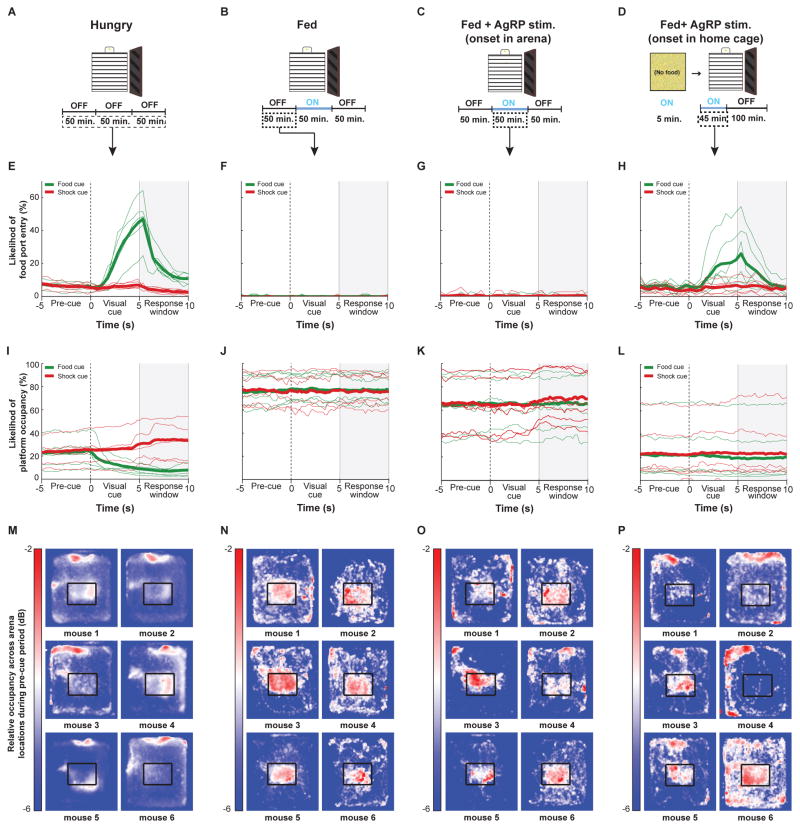Figure 2. Performance of an operant visual discrimination task depends on hunger state and AgRP neuron photostimulation protocols.
(A–D): Schematics illustrating basic design of behavioral experiments across conditions. (A) Food-restricted mice did not experience photostimulation. Experiments in well-trained mice typically lasted 150 minutes (600 trials). (B) Behavior of fed mice was assessed in a 50-minute block in the absence of any photostimulation. (C) In the first AgRP photostimulation protocol, stimulation in fed mice occurred during the second 50-minute block. (D) In the second photostimulation protocol, stimulation began in the home cage (5 minutes), and continued during and for 45 minutes after mouse placement into the behavioral arena. (E–H): Mean peri-stimulus time courses of the probability of head poking into the food port during food-cue trials (green) and shock-cue trials (red). Thin lines: 6 example mice; thick lines: average across all mice (for additional quantification, see Figure 3). (E) Food-restricted mice engage in this discrimination task, and make more food port entries following the food cue as compared to following the shock cue. (F) Prior to photostimulation, fed mice almost never entered the food port. (G) AgRP photostimulation, when initiated in the middle of a behavioral session, did not cause cue-evoked increases in food port entry. (H) AgRP neuron photostimulation for 5 minutes in the home cage and continuing during and after placement in the arena led to a clear increase in cue-evoked food port entries, especially during food-cue trials. (I–L): Mean peristimulus time courses of the probability of being on the safety platform during food (green) and shock (red) cues. Thin lines: 6 example mice; thick lines: average across all mice. (I) Food-restricted mice are unlikely to occupy the safety platform, especially following food cues. (J) Fed mice are much more likely to occupy the safety platform. (K) Mice are still likely to occupy the safety platform during AgRP photostimulation initiated within the arena. (L) When AgRP photostimulation is initiated in the home cage, mice are much less likely to occupy the safety platform. (M–P): Cameras mounted above the behavioral arena enabled tracking of mouse location, further illustrating the clear differences in average mouse location prior to visual cue onset. Heat maps show relative occupancy in various areas of the arena for six example mice (same orientation as in panel A, with food port located at top). For additional quantification, see Figure 4. (M) Food-restricted mice were relatively more likely to be found near the food port compared to other areas, such as the safety platform. (N) The same mice, when fed, now spent more time on the safety platform compared to the food port area. (O) During the AgRP photostimulation block of trials, fed mice still largely remained on the safety platform. (P) In sessions in fed mice with AgRP photostimulation beginning in the home cage and continuing after arena placement, most mice spent more time near the food port rather than on the safety platform (see Figure 4 and S3). See also Figures S1, S2 and S4, and Movie S2.

